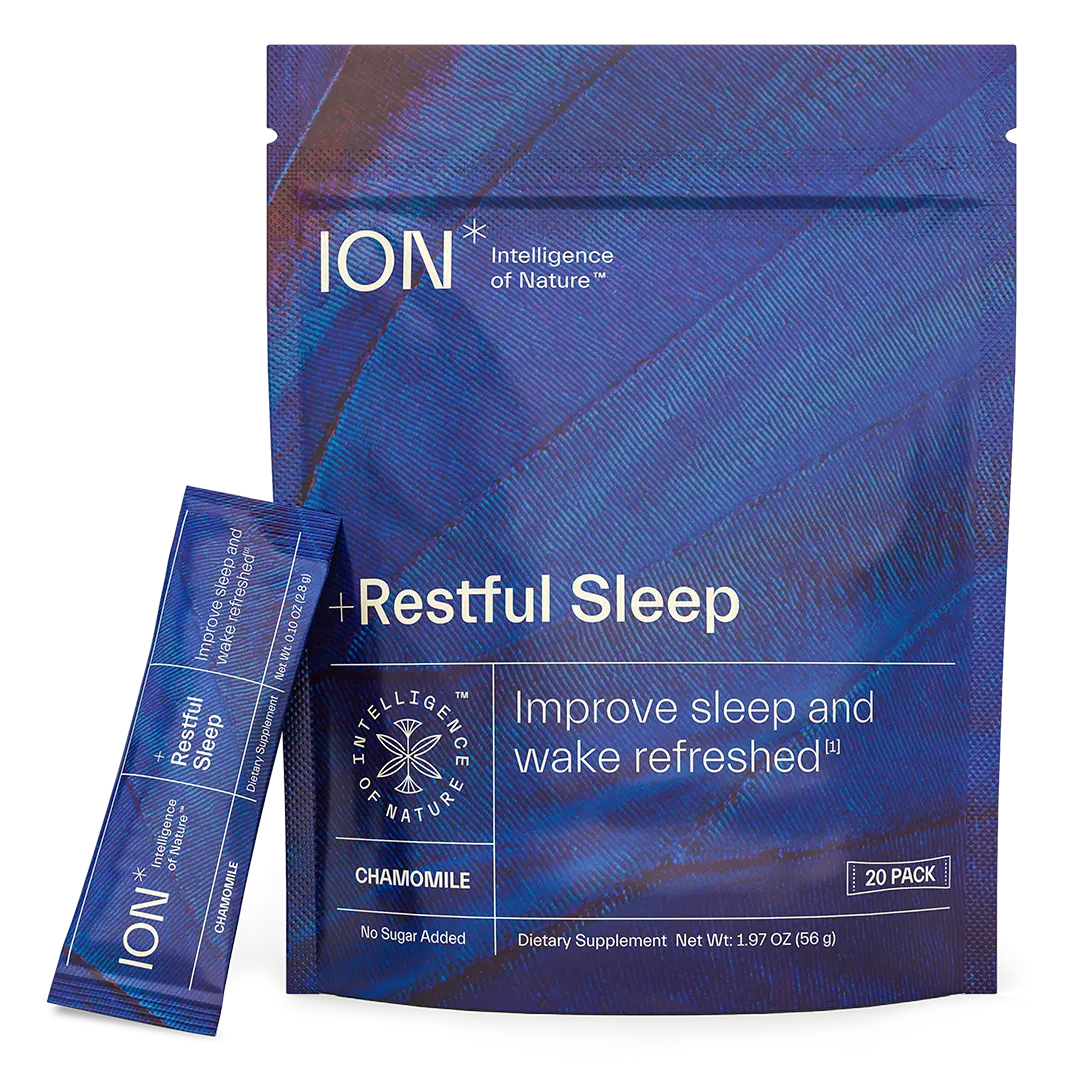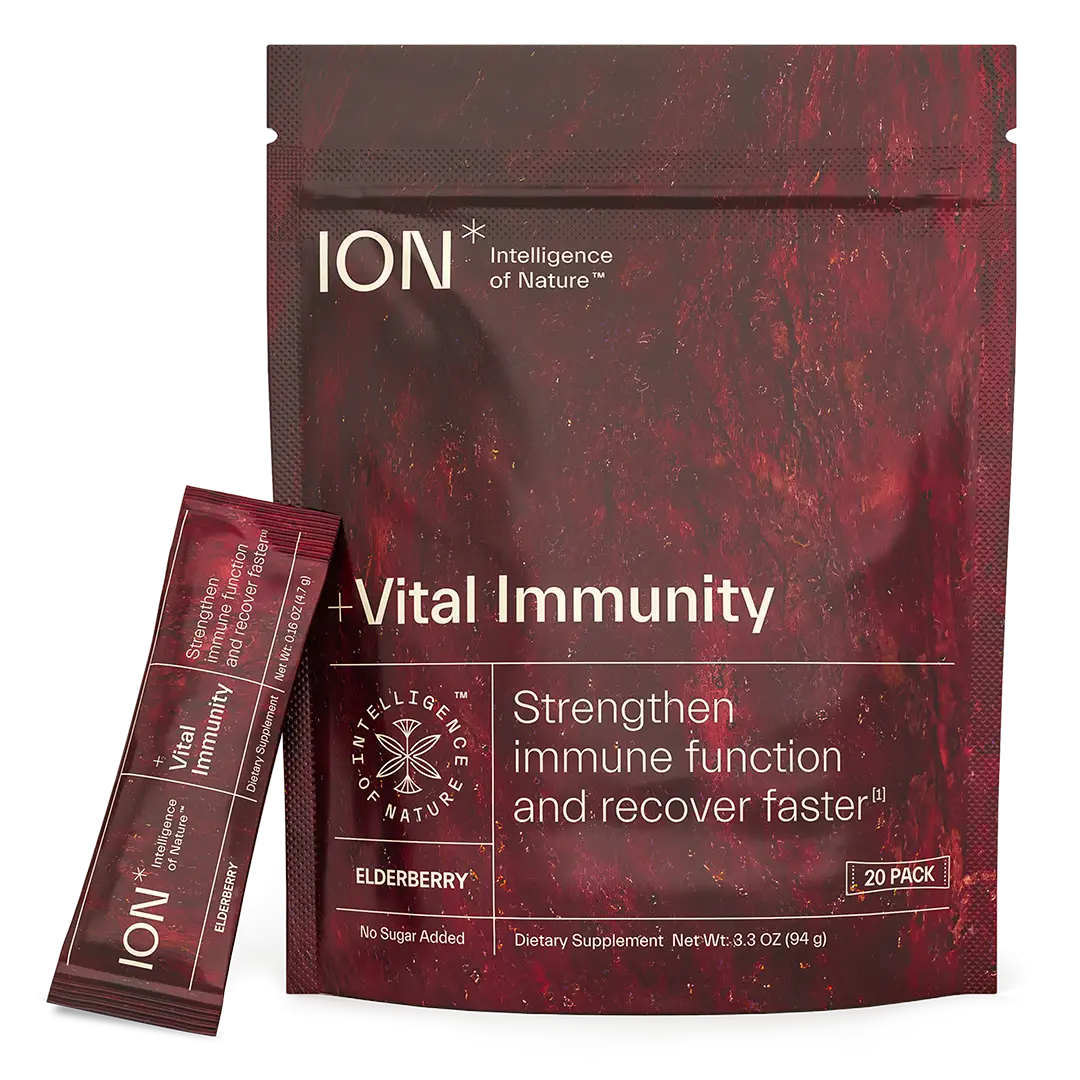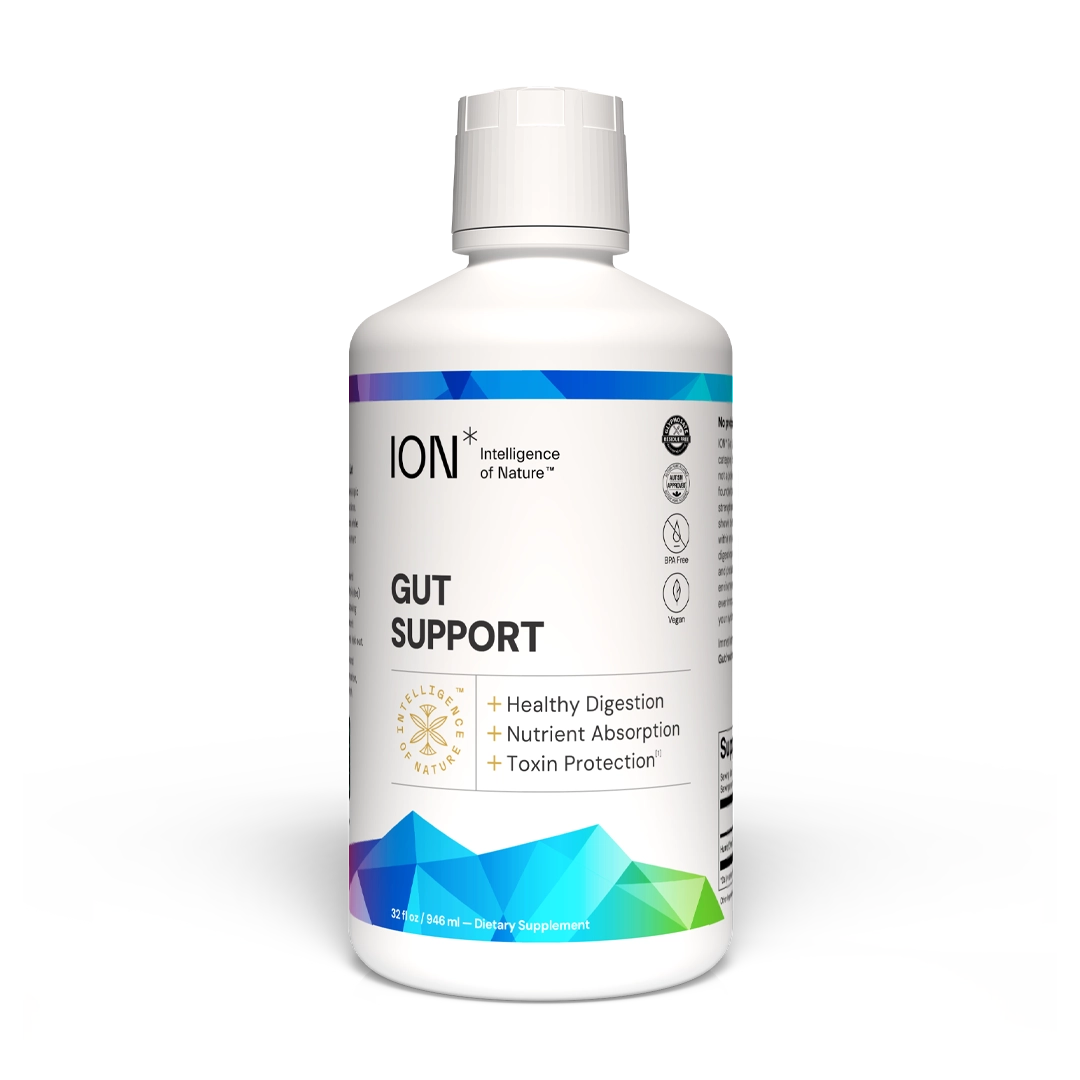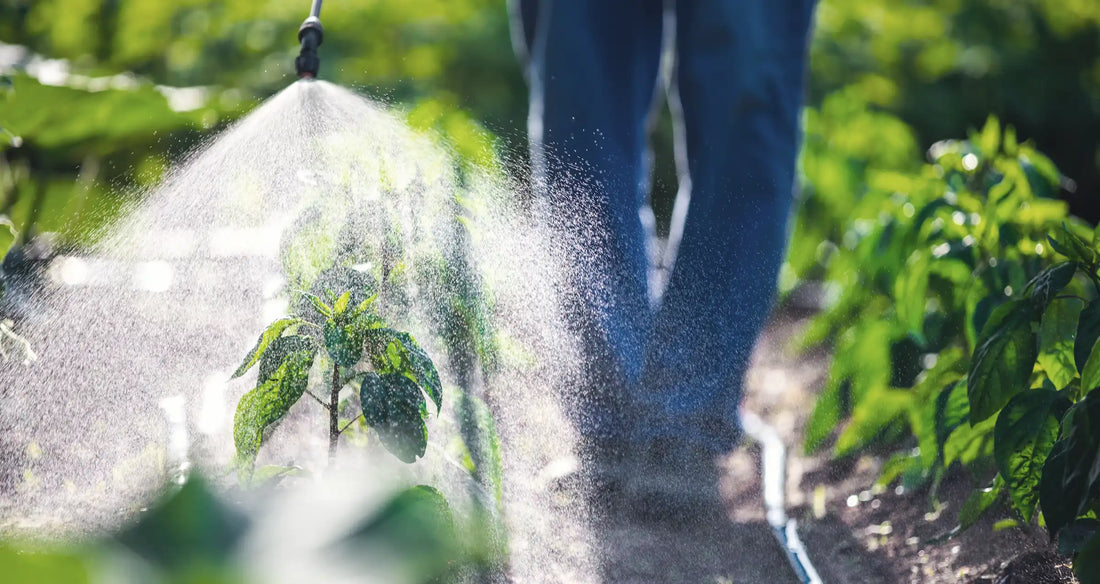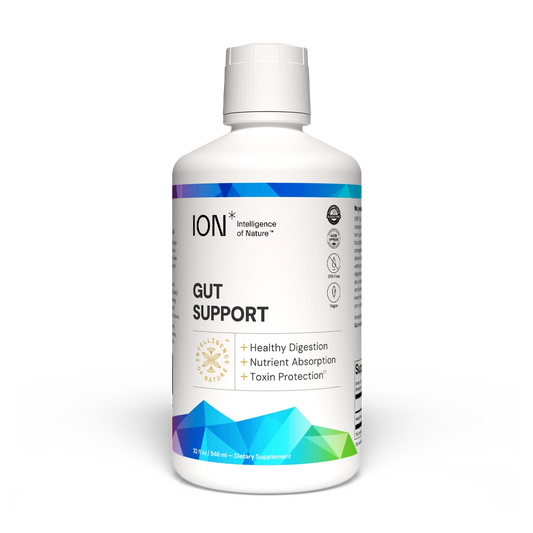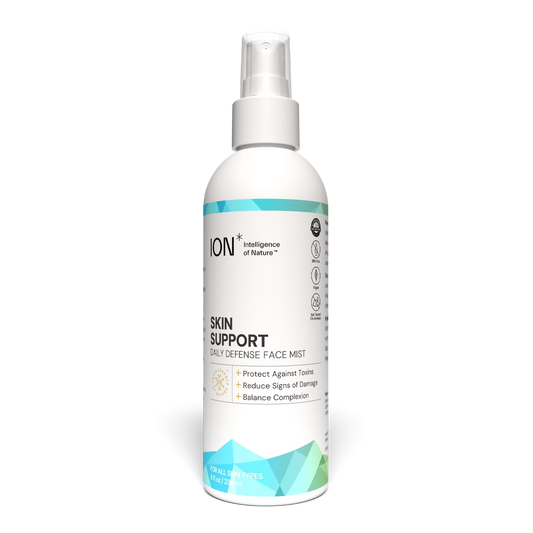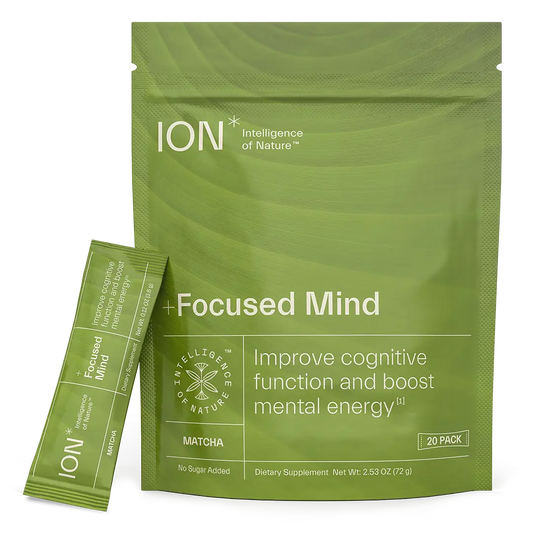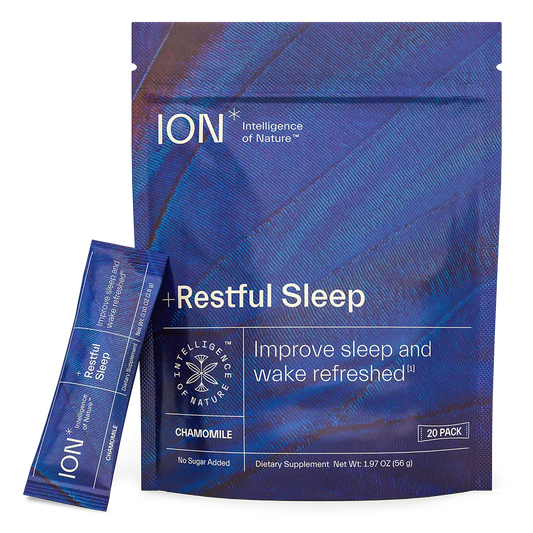Usually, a list of “tops” features good things.
Unfortunately, that’s not the case here.
That’s thanks to glyphosate, the active ingredient in the world’s most popular herbicide, Roundup. It’s not an overstatement to say glyphosate is literally everywhere: our soil, our water, our air, our food, and in our bodies. Even if you eat organic and all natural, the chances are still quite high that you’re consuming glyphosate, thanks to its ability to easily travel from neighboring farms and agricultural sites. Recent biomonitoring has detected glyphosate in up to 93% of the population.
Why does glyphosate end up in our foods?
Glyphosate is also often paired with genetically modified, “Roundup Ready” crops. They’re designed to work together so that the Roundup kills everything except the “Roundup Ready” cash crop. Of course, over time, Roundup resistant weeds started appearing which led to (what else?) more copious use of Roundup and more prevalent glyphosate exposure.
This growing and widespread use of glyphosate has led to a more than 20-fold (some estimates say over 100-fold) increase in the amount we consume annually. It certainly doesn’t help that the majority of the crops grown with glyphosate are diet staples for many people. Corn and soy are the biggest glyphosate users, but chickpeas, wheat, and oat crops are also heavily treated with it as well.
The EPA-approved use of glyphosate is as an herbicide, but there’s another, more controversial, “off-label” use. Instead of just targeting weeds, farmers are using Roundup as a desiccant on their cash crops too. The “official” line is that farmers will use glyphosate on late season crops (like chickpeas) to remove weeds that can clog up machinery during the harvest. But the truth is that glyphosate also conveniently and prematurely kills off crops so they will dry out and be ready for market faster.
That in and of itself wouldn’t necessarily be a bad thing, except the problem with spraying glyphosate on crops that are already wet can lead to a much larger absorption of glyphosate as they dry, ultimately meaning those overly glyphosate-saturated crops end up on our dinner plates (and in our bodies).
How dangerous is glyphosate to our health?
While glyphosate has proven useful in some circumstances, research continues to emerge that the ends simply are not justifying the means, not by a long shot. The International Agency for Research on Cancer classified glyphosate as a probable human carcinogen. And that’s not the only group recognizing glyphosate’s potential for serious harm.
In March 2019, Monsanto (the makers of Roundup) lost a lawsuit against Edwin Hardeman, who claimed Roundup exposure caused his non-Hodgkin’s lymphoma. The court ordered Monsanto to pay more than $80 million in damages to Hardeman.
In another recent court case, a jury concluded that repeated exposure to glyphosate led to the plaintiff, school groundskeeper Dewayne Johnson, developing non-Hodgkin's lymphoma. They awarded him $289 million in damages.
Bayer (the now-parent company of Monsanto) is involved in almost 10,000 similar suits.
Suits like this may not slow any time soon. Studies have found glyphosate exposure to be linked to anywhere from a 41 to 70 percent increased risk of non-Hodgkin lymphoma and an increased risk in bladder cancer. Glyphosate isn’t just harming humans either, glyphosate exposure can cause cancer, vomiting, diarrhea, loss of appetite, excess drool, and fatigue in our pets, too.
Who is most impacted by glyphosate in foods?
While the damages are becoming more and more evident, there’s one vulnerable group who is truly the most at risk with the highest potential to be negatively impacted by widespread glyphosate contamination: our children. They’re more susceptible than adults to harm from environmental toxins like glyphosate because they’re still developing their critical neurological, hormonal, and immune systems. So much so, that the EPA is required to use a tenfold margin of safety when setting limits for pesticide residues on food for children.
So it’s unfortunate that cereals, oats, pastas, and other easy-to-eat, easy-to-snack on, easy-to-bring-to-school foods that kids love are often the ones most affected by glyphosate. Couple that with the same companies usually having a strong presence in school cafeterias (both provided from the school and via lunches packed by Mom and Dad) and you’ve got a case for major glyphosate exposure in kids.
How major? Recent tests by the Canadian Food Inspection Agency found glyphosate contamination in 80 to 90 percent of popular wheat-based products including pizza, crackers, and pasta.
Small wonder, then, that a study conducted by the Center for Environmental Health reported that children carry much higher levels of glyphosate in their bodies than their parents.
And it’s not just school-aged children getting exposure via cafeteria lunches, breakfast cereals, and afternoon snacks. Alarmingly, a recent study found one-third of American newborns had glyphosate in their bodies as well.
What are the top foods at risk for glyphosate contamination?
There are particularly bad offenders when it comes to being exposed to glyphosate, some of the biggest and most beloved brands have a huge risk for glyphosate exposure in their products, including General Mills, Quaker, Doritos, Oreos, Goldfish, Ritz Crackers, and Stacy’s Pita Chips.
But avoiding carbs and big name brands isn’t a surefire safe bet against glyphosate exposure. Almonds, beets and beet sugar, canola oil, carrots, quinoa, and vegetable oil are also at risk for glyphosate contamination.
There is a (small!) silver lining to listing the foods with the most glyphosate because that also means we can share the foods with the least amount of it.
The Clean Fifteen
- Avocados
- Sweet corn
- Pineapple
- Onions
- Papaya
- Sweet peas (frozen)
- Asparagus
- Honeydew melon
- Kiwi
- Cabbage
- Mushrooms
- Cantaloupe
- Mangoes
- Watermelon
- Sweet potatoes
Choosing organic whenever possible can help mitigate your glyphosate exposure and if you’ve got little ones in school, it may be worth the extra time to pack their lunches at home rather than rely on the cafeteria to protect them from glyphosate-laden foods.
But no one can live on organic avocado sweet potato toast and pineapple papaya salads alone. (Although it would probably be pretty delicious to try.)
How to protect yourself and your family from glyphosate
Glyphosate is an environmental toxin that’s virtually impossible to avoid. To best defend ourselves, and our families, from glyphosate, we need to start protecting our bodies from the inside out.
The reason glyphosate is so damaging is that it actually harms your gut health. For the uninitiated, gut health is deeply connected to the rest of the body’s health. Beyond digestion, critical functions, like immune function and brain health are profoundly connected to, and affected by, gut health. When your gut comes under attack, the whole body’s health is at risk.
Glyphosate is especially nefarious because of how it damages gut health, as well. Exposure to glyphosate has been shown to loosen the tight junctions that make up the walls of the intestinal tract. That means everything that those cells need to do (very simply: keep good in, kick bad out) are compromised, putting both your gut function and gut health at risk.
So, what can you do to help mitigate the harm from glyphosate exposure?
Beat it at its own game. Meet ION* Gut Support.
Regarding gut health, some of us have probably heard the benefits of probiotics and prebiotics (and even the concerns about antibiotics).
But ION* is none of the above.
ION* was created to go where no other supplement can, to support your body from the inside out and without adding anything new to your system. Instead, ION* helps spark cellular connection and tighten cellular junctions in your intestinal lining-naturally boosting your body’s ability to do, well, all the things Mother Nature designed it to. ION* is both all natural and scientifically proven. (That’s why we’re called Intelligence of Nature.)
How “proven” is proven?
ION* boosts your body’s resilience to glyphosate exposure within 16 minutes.
Not bad for a wellness solution that’s good for the whole family (furry members, too!) ION* Gut Support is safe for children and its tasteless, liquid form means it’s easy to take, too. *Curious about how other parents are using ION* to protect their families? Watch the Bue family’s story here.
Find out more about how ION* Gut Support can help protect you and your loved ones and see the difference it can make.

